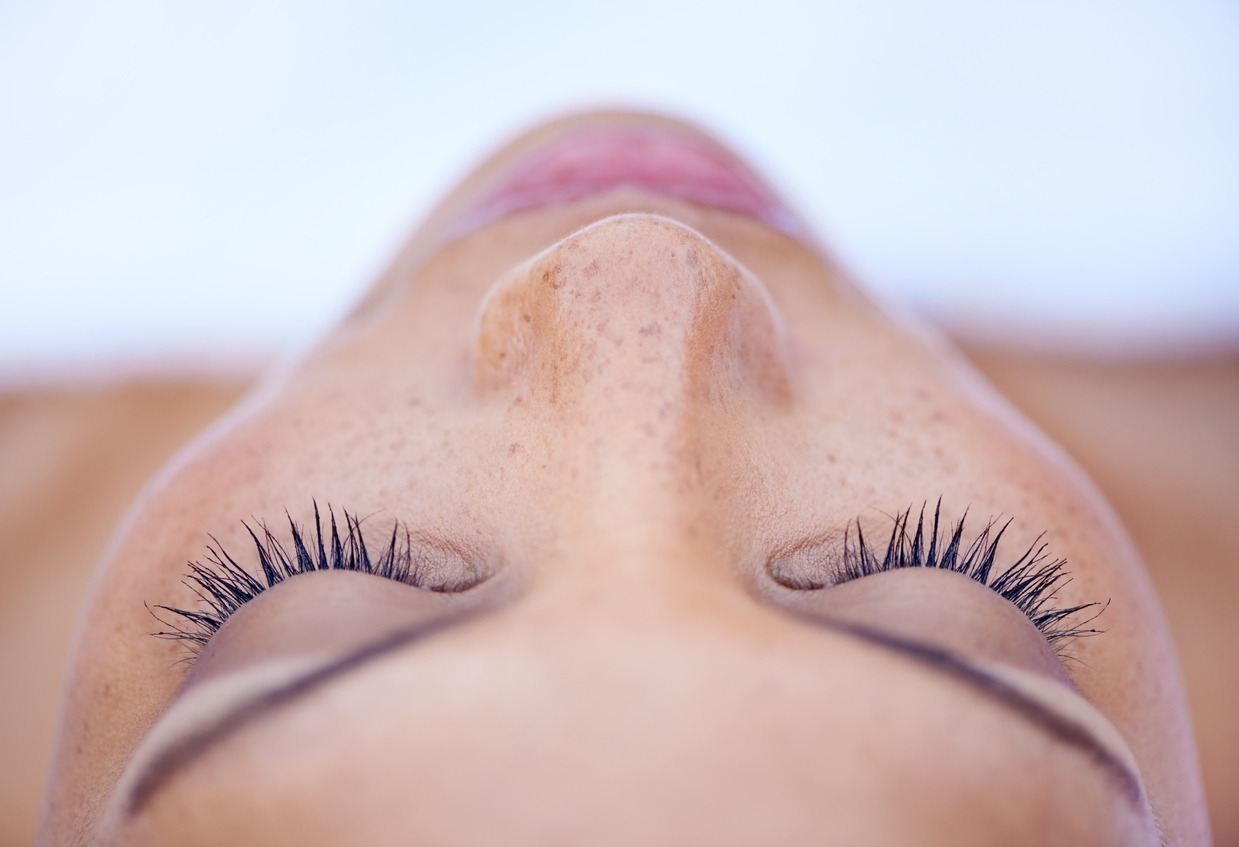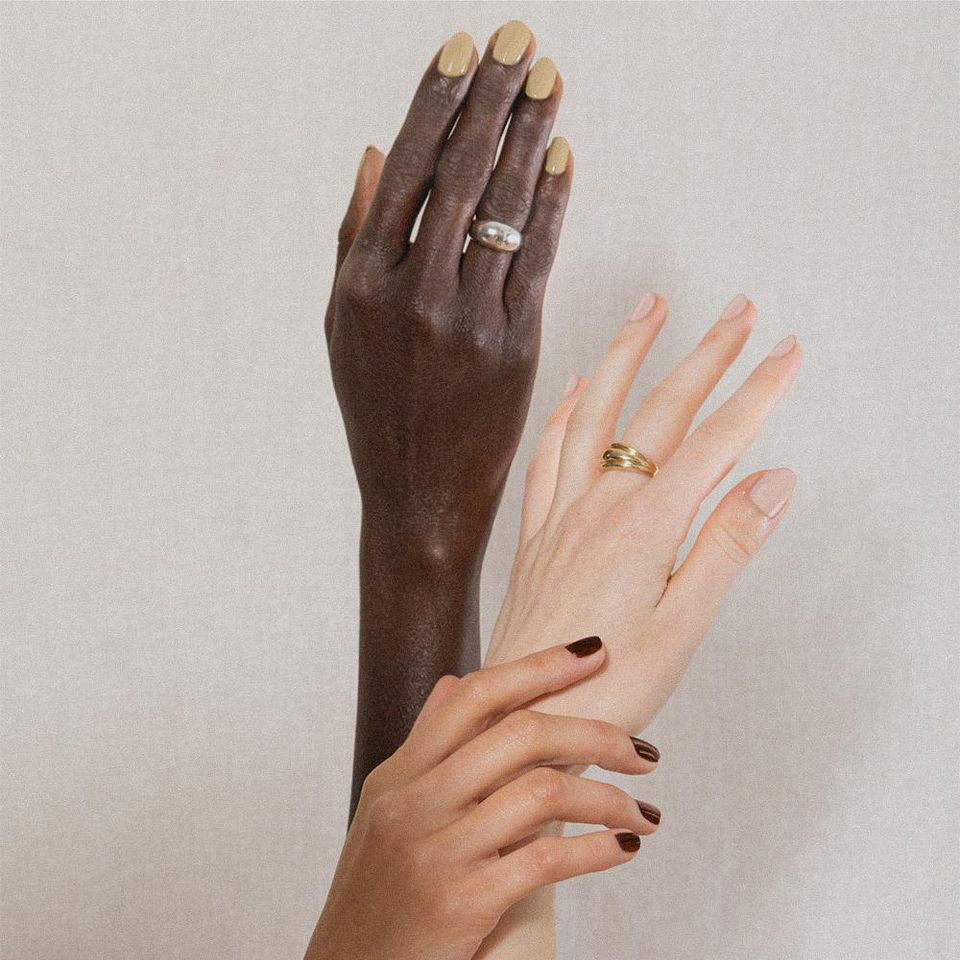The specific skin colour of people with white skin is determined mainly by the bluish-white connective tissue under the dermis and by the hemoglobin circulating in the veins of the dermis. So, how do pale skin tones differ?
Generally, dark skin tones retain more moisture in the epidermis (stratum corneum) than white skin, meaning pale skin is often more susceptible to dehydration.

Stressed out dehydrated skin can aggravate existing skin conditions like acne and eczema, and can cause red, itchy, dry and flaky skin. White skin has less layers than darker skin tones, so the additional dryness of dehydrated skin will highlight and deepen fine lines and wrinkles, which is why often over time, white skin tones show more noticeable signs of ageing.
People with light skin pigmentation have skin with low amounts of eumelanin, and possess fewer melanosomes than those with dark skin pigmentation.
Additionally, white skin provides better absorption of the sun’s UV rays. This helps the body to synthesize higher amounts of vitamin D for the nevessary bodily processes such as calcium development
Light-skinned people living in high sunlight environments are more susceptible to the harmful UV rays of sunlight because of the lack of melanin produced in the skin
Medical studies discovered that on average, 55% of ultraviolet A rays penetrate white skin while fewer than 18% get through darker skin tones.
Nourishing the skin from the outside in is imperative for keeping white skin hydrated and reducing fine line and wrinkle depth. Drink 2-3 litres of water every day to help hydrate the skin from within, and use a combination of my hand selected three summer best-sellers to hydrate, rejuvenate and repair here.
Cover Image Credit: J. Hannah Jewellery




